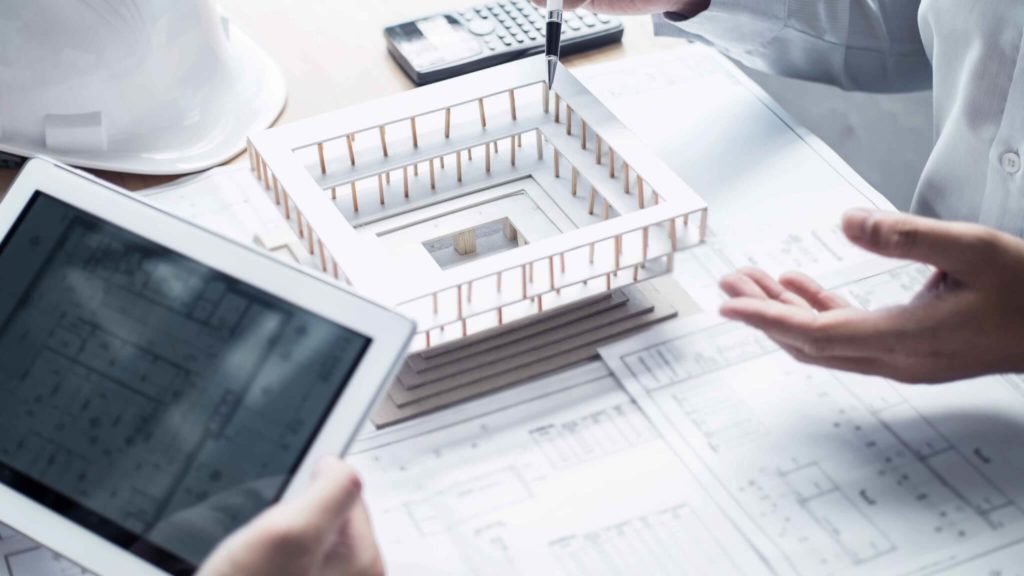BIM, also known as Building Information Modelling, is a process of developing and managing information in construction projects. BIM is much more than a technology platform. It is a highly advanced construction and design process that assists architects in developing innovative buildings.
Many large and medium-scale construction companies are incorporating BIM to optimise their workflows. And as the adoption of BIM continues, companies continue to experience its additional benefits.
In construction projects, nothing is more expensive than lost time. BIM assists in creating a precise model for the planning, construction, and design of buildings. It assists engineers and architects in visualising what they should build in a simulated environment.
BIM represents a new paradigm within the construction industry and encourages the roles of all stakeholders. Let’s understand what BIM is and its role in today’s construction industry.
Overview of BIM
BIM is the process for creating and managing information on construction projects. BIM models denote the precise geometry of construction elements. BIM optimises the decision-making process of all the stakeholders involved in the project. BIM integrates multi-disciplinary data to develop detailed digital representations.
BIM allows construction managers to refine cost estimates based on building processes. BIM also allows architects and construction managers to collaborate with their respective customers. Construction management software platforms, integrated with BIM, boost team management and collaboration. Here are some ways in which BIM is optimising construction projects.
Resource and Cost Savings
Construction manager software, integrated with BIM, offers precise construction cost estimates. These software platforms can offer estimates long before the commencement of the actual construction phase. BIM can help architects and construction managers to estimate costs associated with:
- Material shipping
- Labour, including payroll based on construction timelines
- Transportation costs
One of the key benefits of BIM is its ability to help construction managers discover strategies to decrease costs. For instance, with the help of BIM, you can:
- Select and procure cost-effective building materials
- Identify the suitable time to purchase materials at their lowest market price
- Assess whether it is affordable to prefabricate or develop projects onsite
- Decrease human errors that lead to costly delays
- Fine-tune the construction workflow

Improves the Performance of Construction Teams
Digital BIM facilitates improved teamwork and unity among all stakeholders involved in a specific project. Nowadays, architects and construction managers cannot rely on manual drawing sets to fine-tune their effectiveness. BIM has a unique ecosystem that allows teams to share project models.
It also helps construction teams to coordinate planning and ensures that all design stakeholders get insights. One of the key highlights of BIM is its cloud-based interface. Cloud access lets the teams to coordinate seamlessly. BIM allows construction teams to analyse project-critical drawings minutely. Architects and construction managers will access updated information irrespective of their location.
Visualise Projects in the Preconstruction Phase
By using BIM, you can plan and visualise the whole project during the preconstruction phase. Even before the shovels hit the ground, you can identify errors and delays with BIM. 3D visualisations and visualisations will allow your end-users to experience the place virtually.
They can implement the necessary alterations before the construction commences. When your clients are clear about their expectations from the start, it helps decrease expensive charges later.
Boosts the Process of Prefabrication
Architects and construction managers can use BIM data to generate drawings or databases for manufacturing processes. In the context of modular technology, architects rely greatly on BIM. By designing, detailing, and creating in a controlled environment, you can minimise waste. It also aids you with the reduction of material and labour costs.
Increases Safety on Construction Sites
Workforce safety is a critical issue in the construction industry. BIM can aid in optimising safety in construction sites by identifying hazards before they evolve into more significant problems. BIM also assists with visualising and facilitating the safe transport of construction logistics. During the period of project execution, BIM allows you to execute risk analysis and safety evaluations.
Building Information Modelling is the foundation of digital transformation in the field of architecture and construction. BIM-based construction projects are popular nowadays, owing to their efficiency. BIM aids you in building projects by keeping sustainability in mind.
Signax is a collection of digital platforms that optimises project management in construction. All these solutions have BIM integrated to offer you excellent accessibility.






